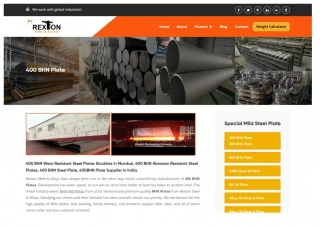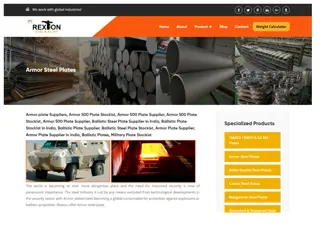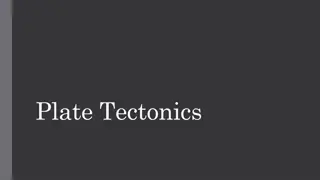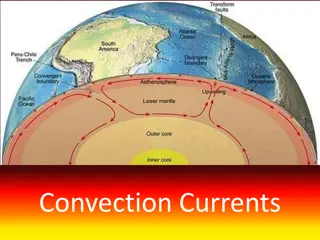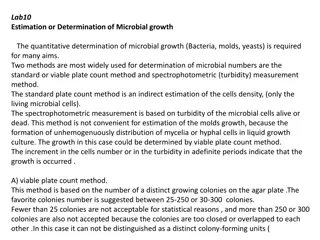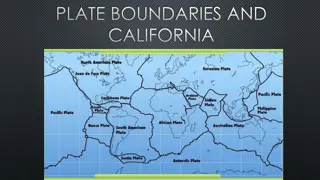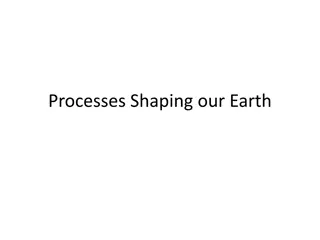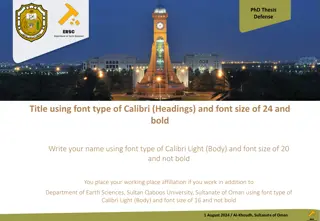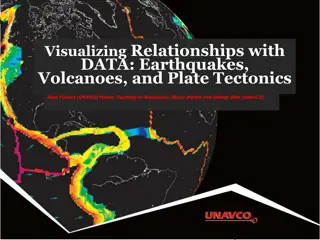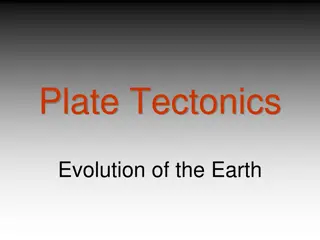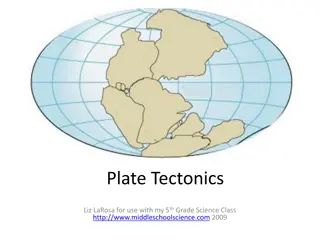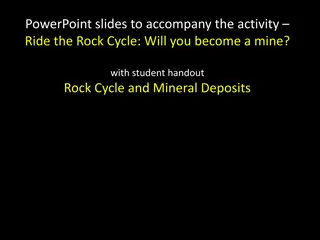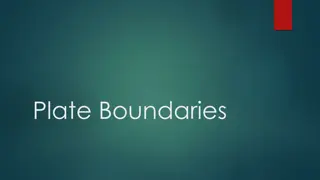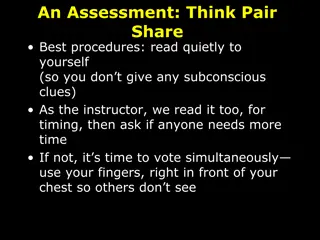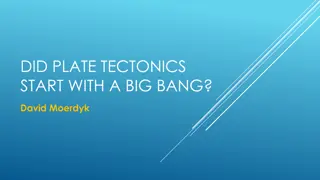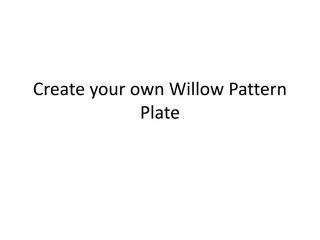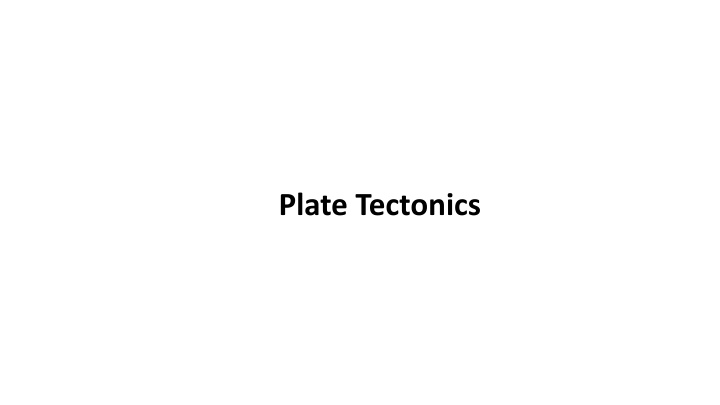
Unveiling the Theory of Plate Tectonics and Earth's Dynamic Changes
Explore the fascinating theory of plate tectonics, which explains the Earth's constantly evolving surface. Discover how continents drift, seafloors spread, and tectonic plates shape our planet's landscape over time.
Download Presentation

Please find below an Image/Link to download the presentation.
The content on the website is provided AS IS for your information and personal use only. It may not be sold, licensed, or shared on other websites without obtaining consent from the author. If you encounter any issues during the download, it is possible that the publisher has removed the file from their server.
You are allowed to download the files provided on this website for personal or commercial use, subject to the condition that they are used lawfully. All files are the property of their respective owners.
The content on the website is provided AS IS for your information and personal use only. It may not be sold, licensed, or shared on other websites without obtaining consent from the author.
E N D
Presentation Transcript
Most of these changes in the earths surface takes place so slowly that they are not immediately noticeable to the human eye. The idea that the earth s landmasses have broken apart, rejoined, and moved to other parts of the globe forms part of the plate tectonic theory.
Plate Tectonic Theory About forty years ago, scientists exploring the seafloor found that it is full of tall mountains and deep trenches, a single seafloor mountain chain circles Earth and contains some of Earth s tallest mountains. Along this mountain chain is a deep crack in the top layers of earth. Here the seafloor is pulling apart and the two parts are moving in opposite directions, carrying along the continents and oceans that rest on top of them. These pieces of Earth s top layer are called tectonic plates. They are moving very slowly, but constantly. (Most plates are moving about as fast as your fingernails are growing -- not very fast!) Currently Earth s surface layers are divided into nine very large plates and several smaller ones.
According to the theory of plate tectonics, the earths outer shell is not one solid piece of rock. Instead the earth s crust is broken into a number of moving plates. The plates vary in size and thickness.
The North American Plate stretches from the mid-Atlantic Ocean to the northern top of Japan. The Cocos Plate covers a small area in the Pacific Ocean just west of Central America. These plates are not anchored in place but slide over a hot and bendable layer of the mantle.
How is the earth always changing? What is the theory of plate tectonics and how does it work?
To really understand how the earth became to look as it does today, and the theory of plate tectonics, you also need to become familiar with two other ideas: Continental Drift and Seafloor Spreading.
Less than 100 years ago, many scientists thought the continents always had been the same shape and in the same place. A few scientists noted that the eastern coastline of South America and the western coastline of Africa looked as if they could fit together. Some also noted that, with a little imagination, all the continents could be joined together like giant puzzle pieces to create one large continent surrounded by one huge ocean. In your study groups for today, take your continent cut outs and shape them into one large land mass.
So, if my contintents fit together, why does the earth look like it does today?

